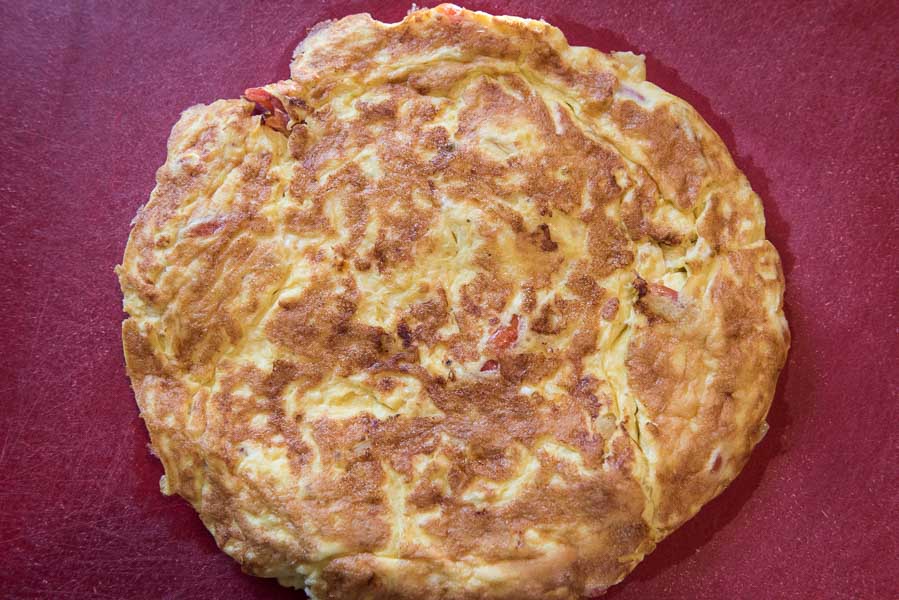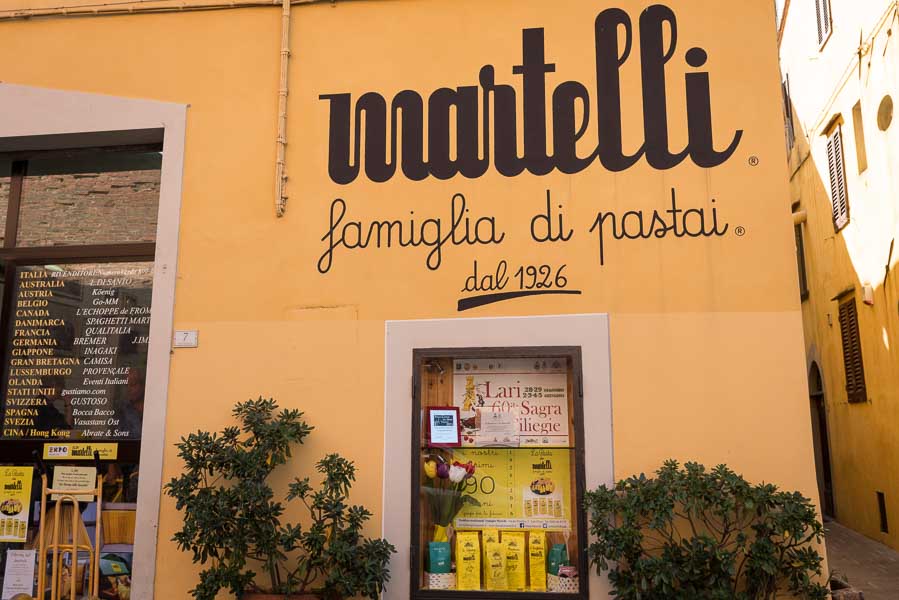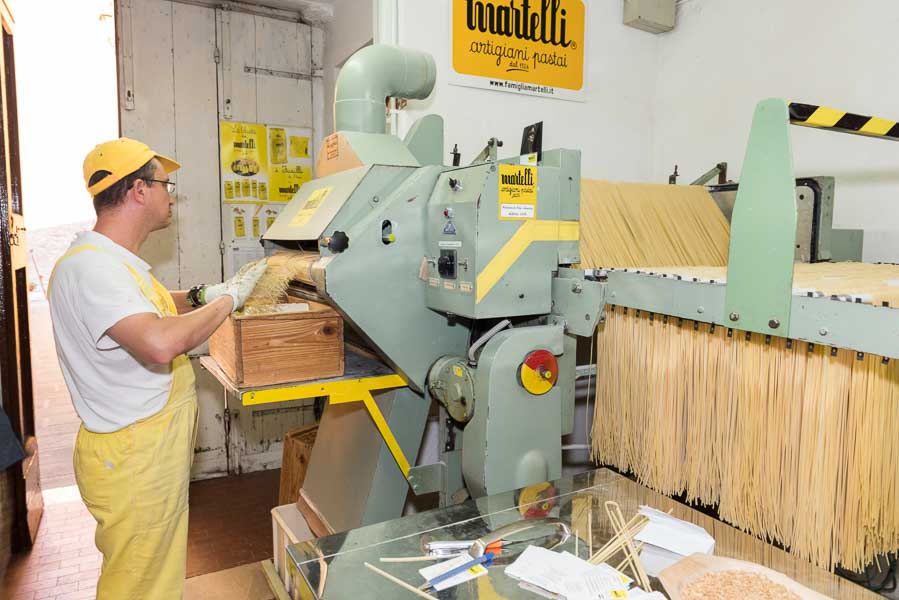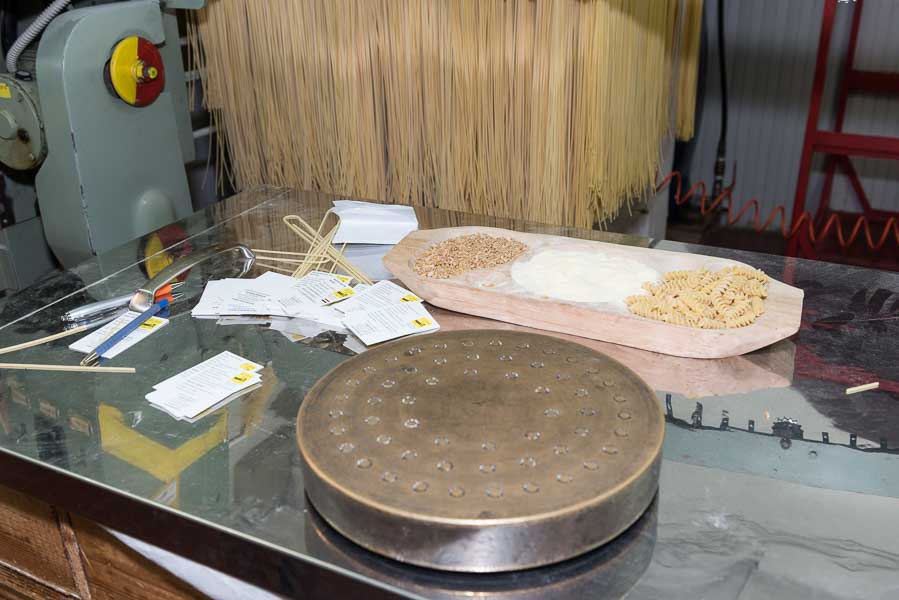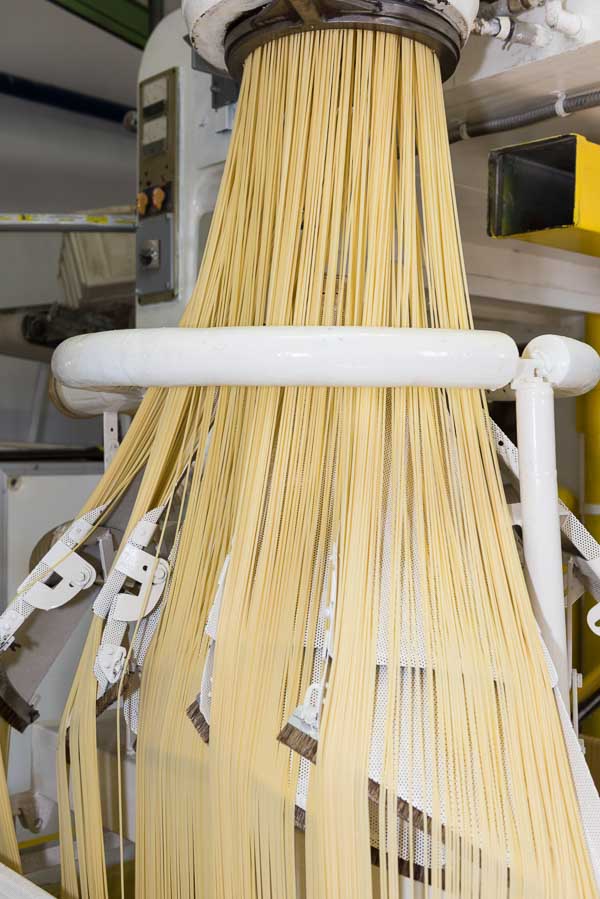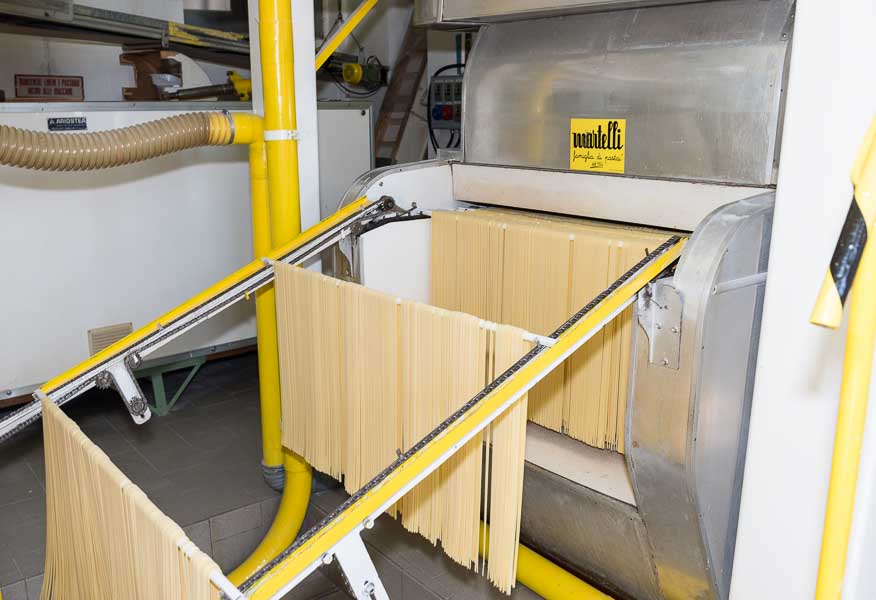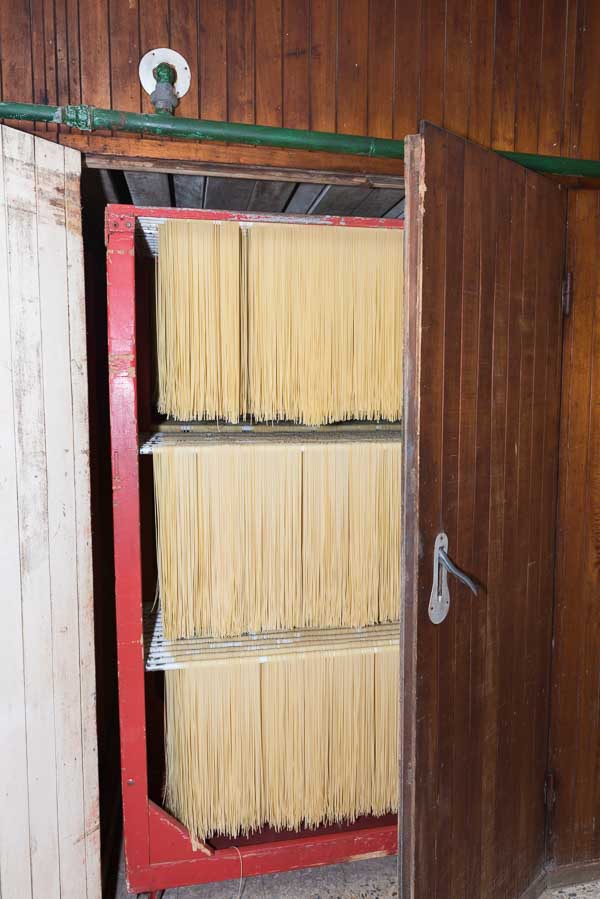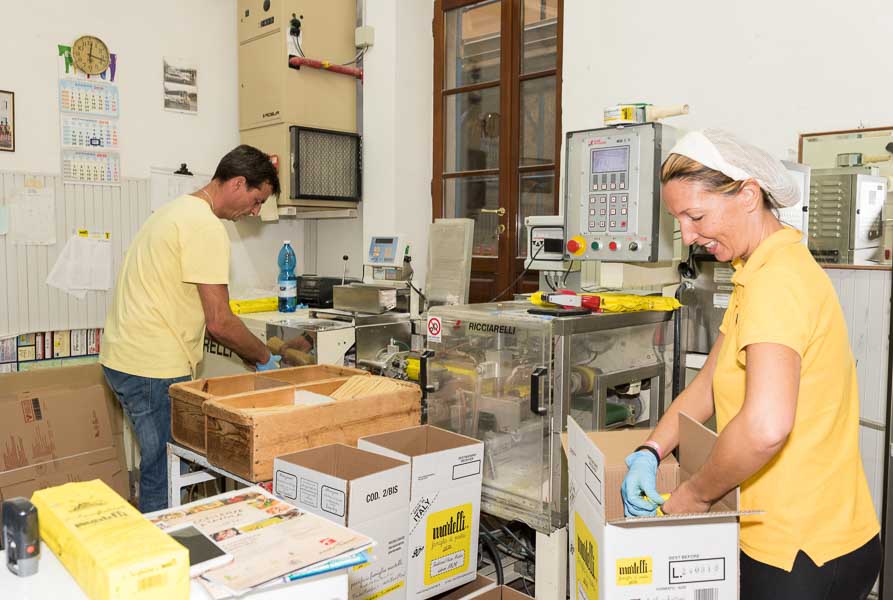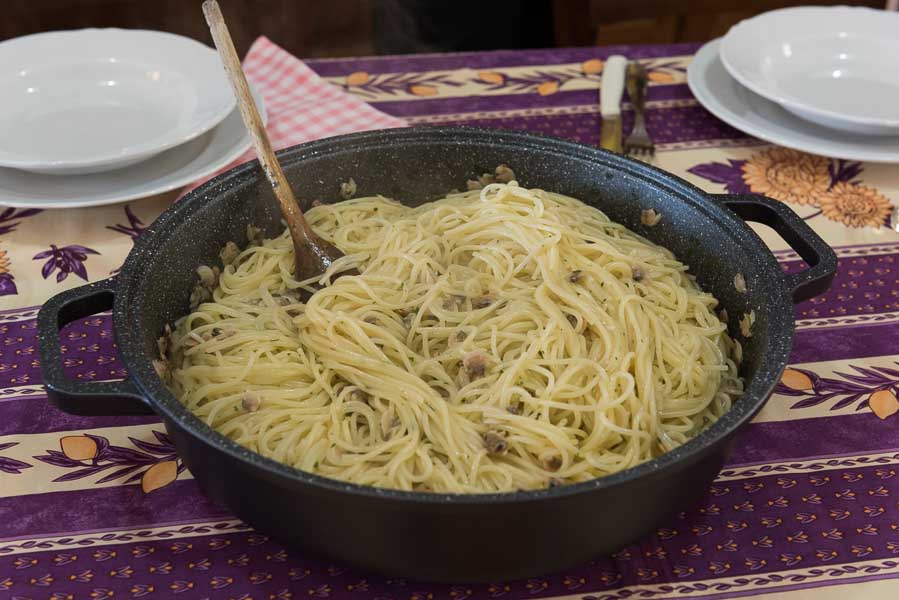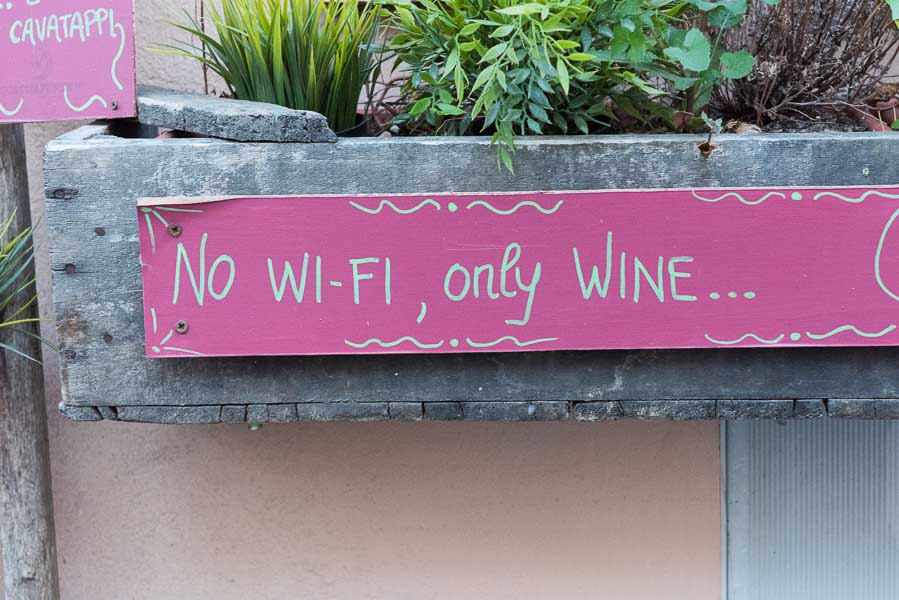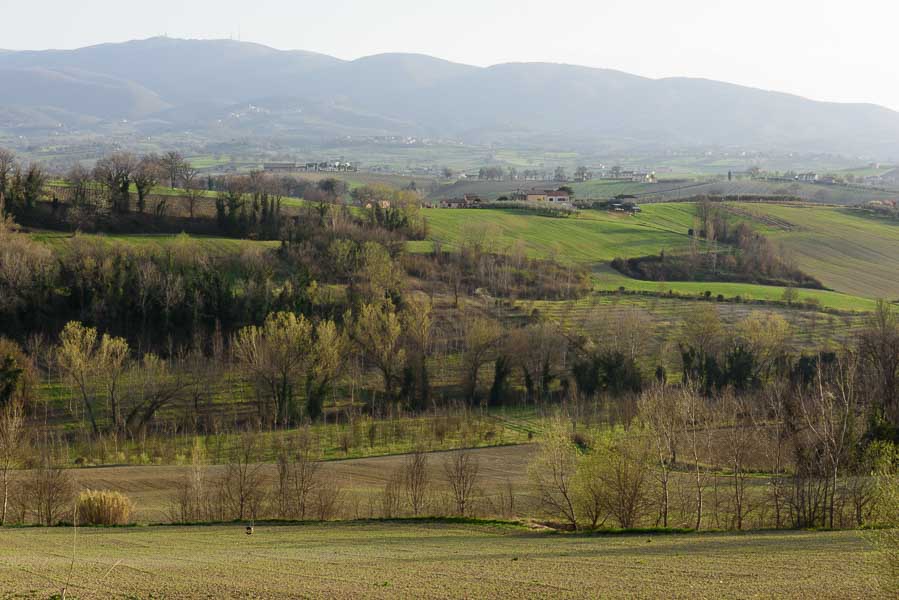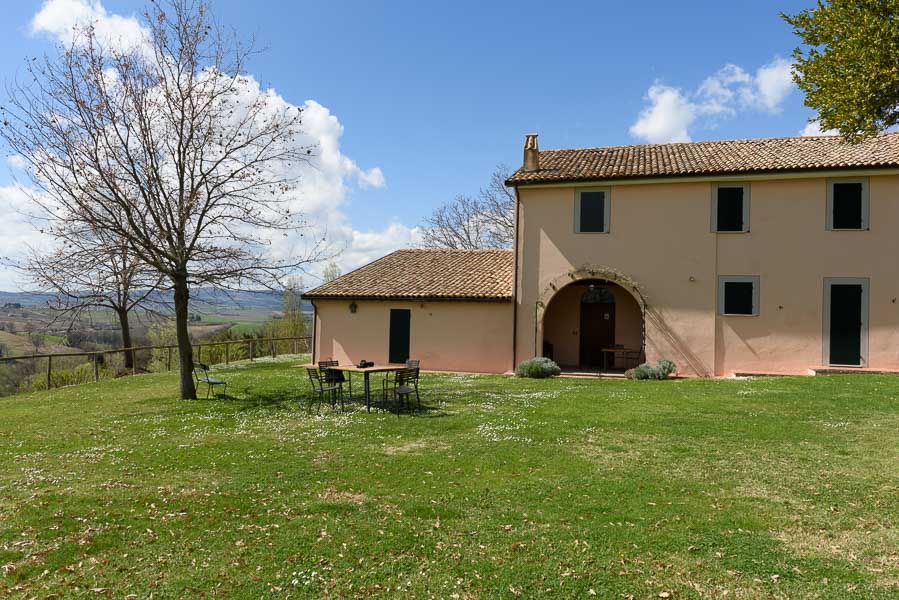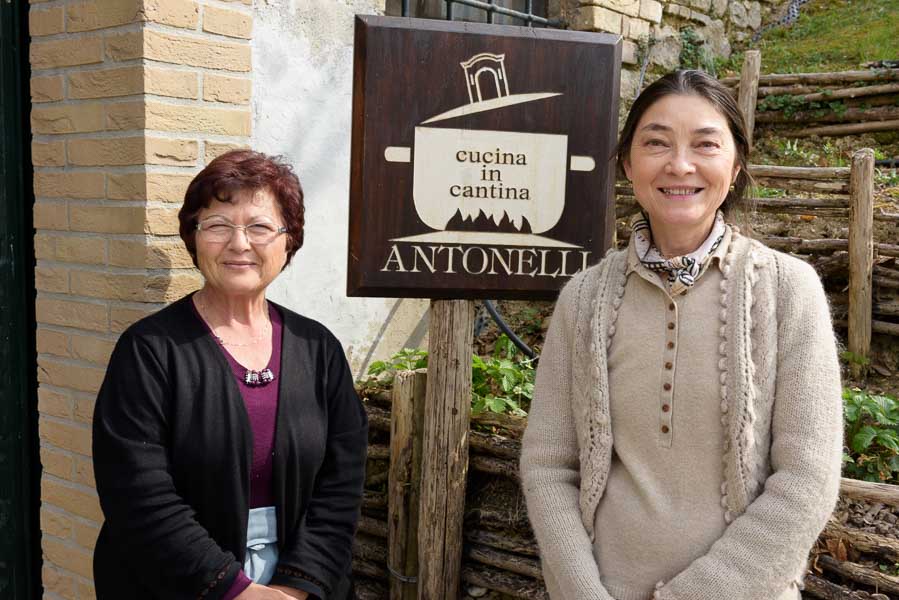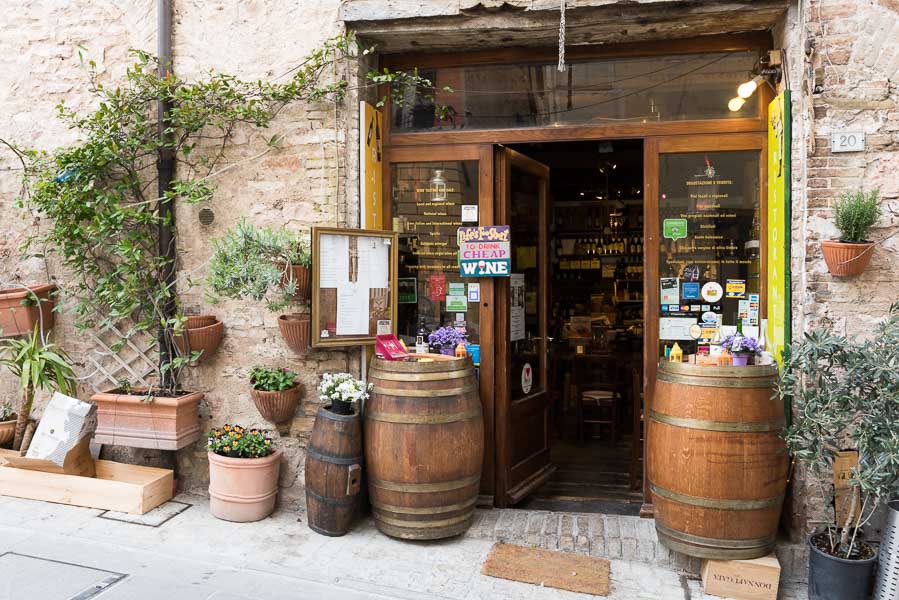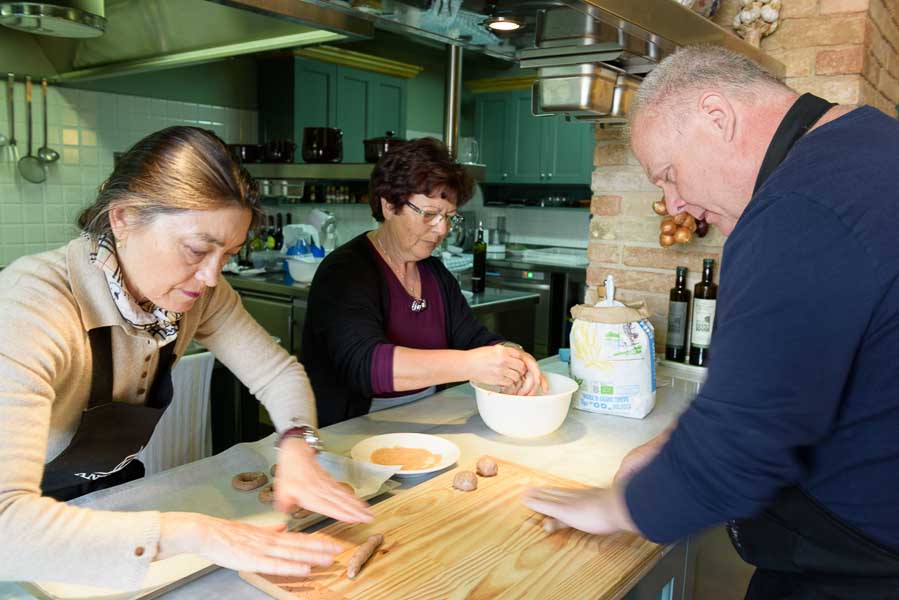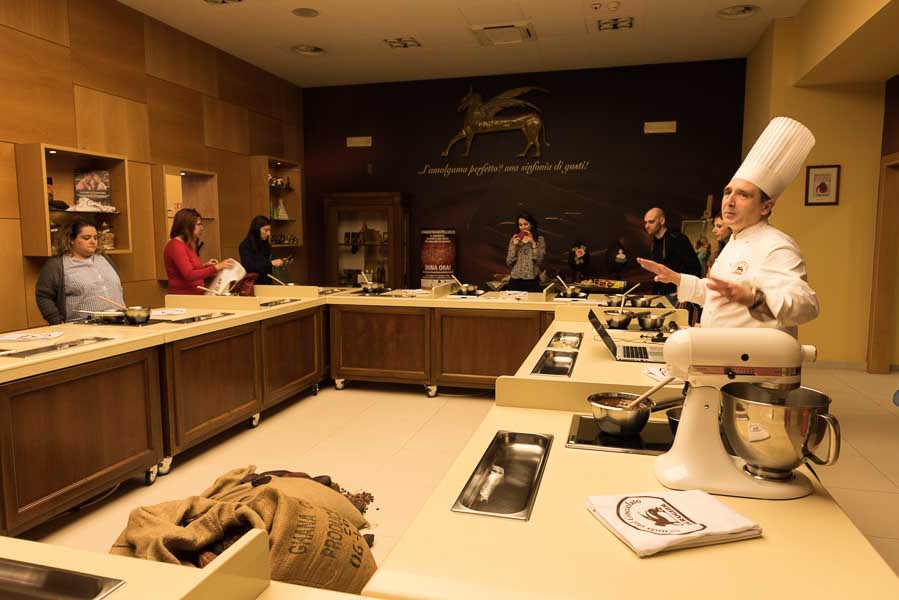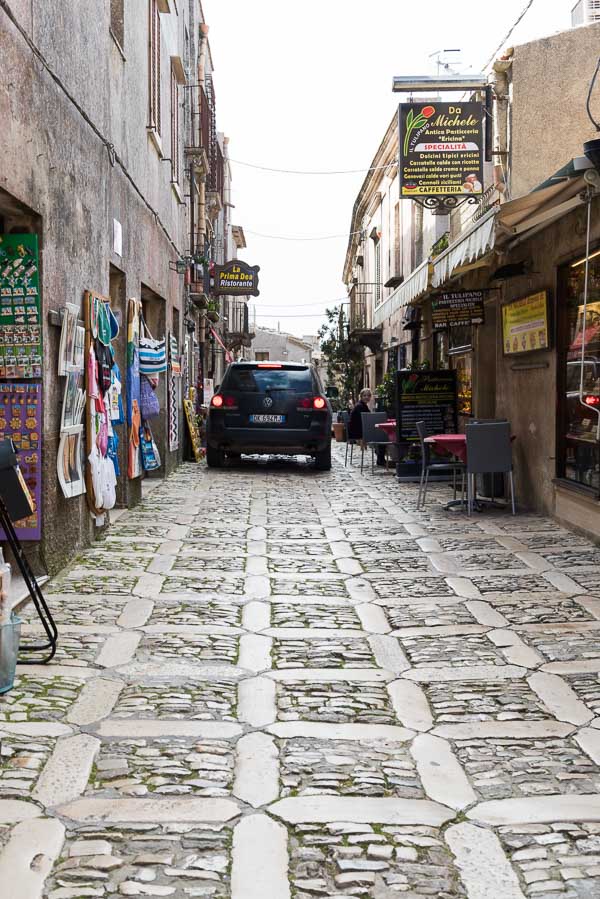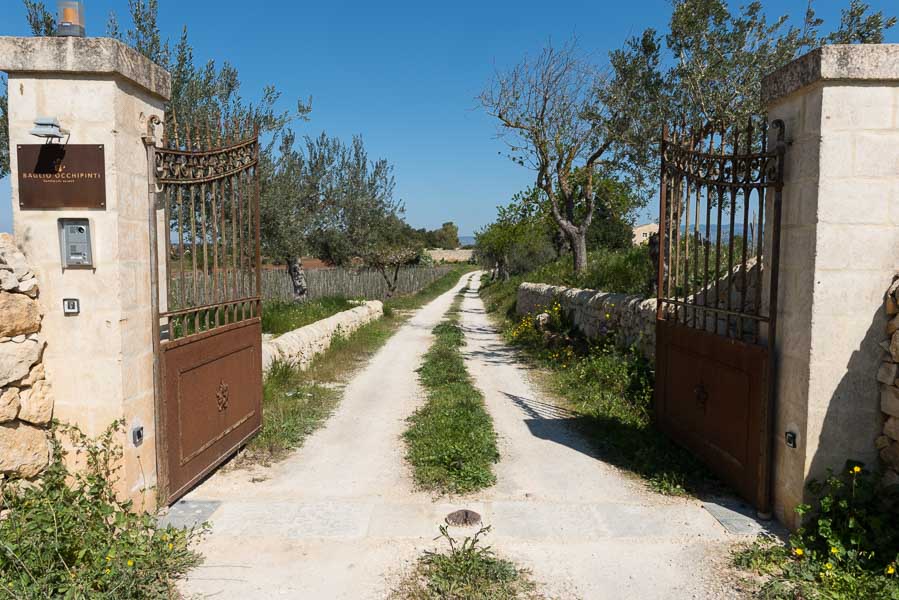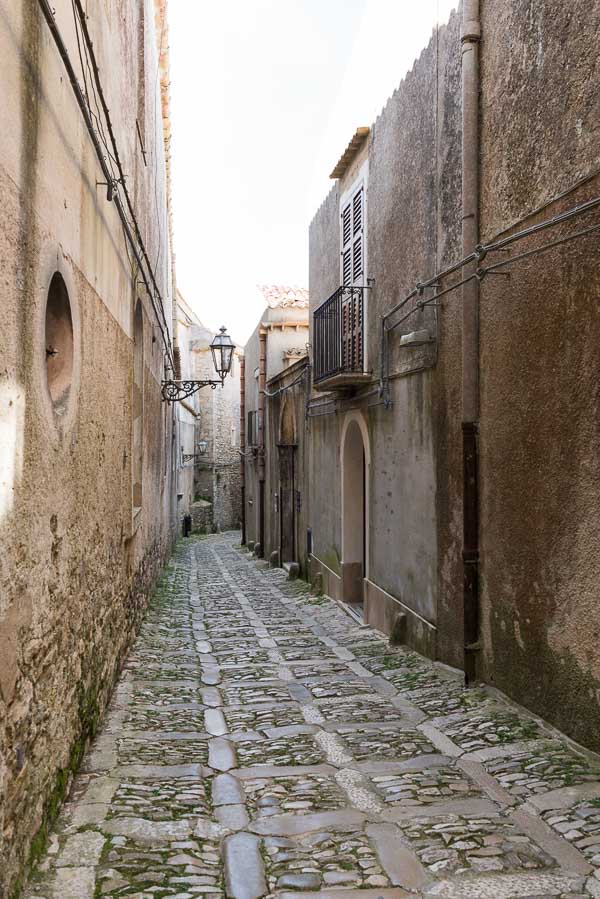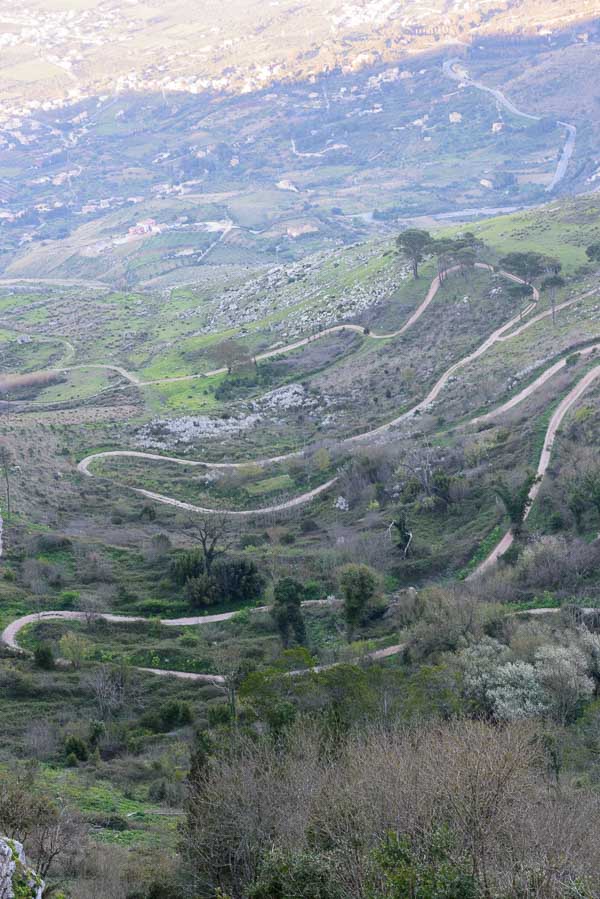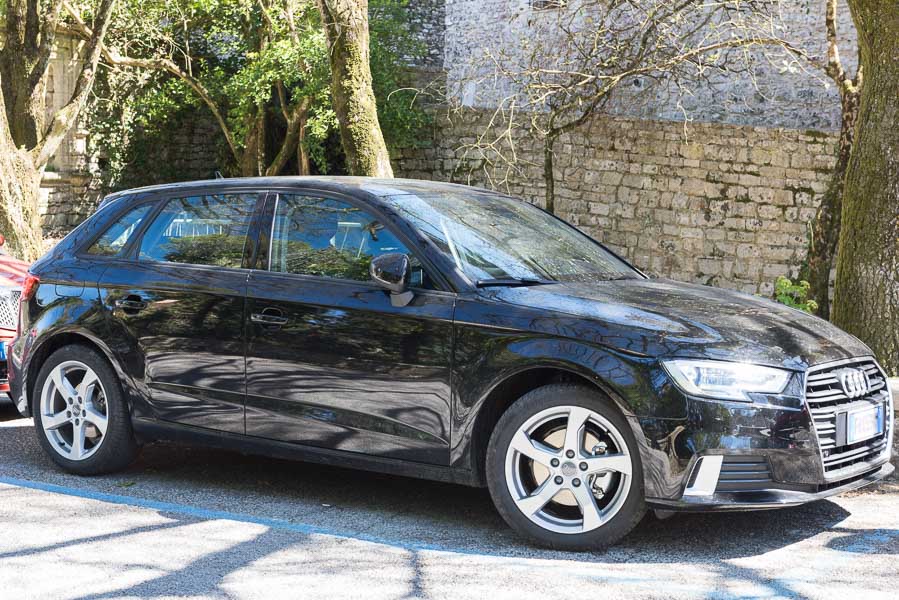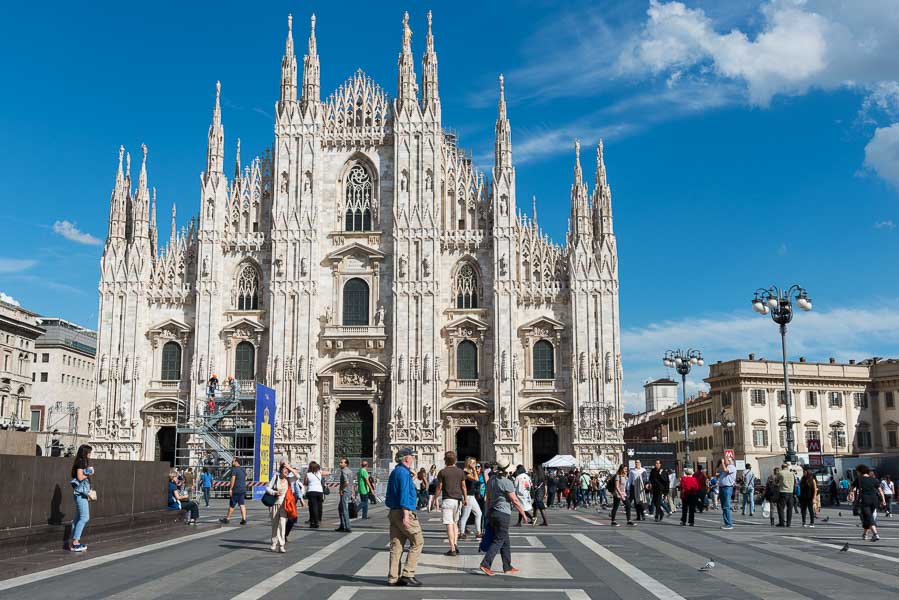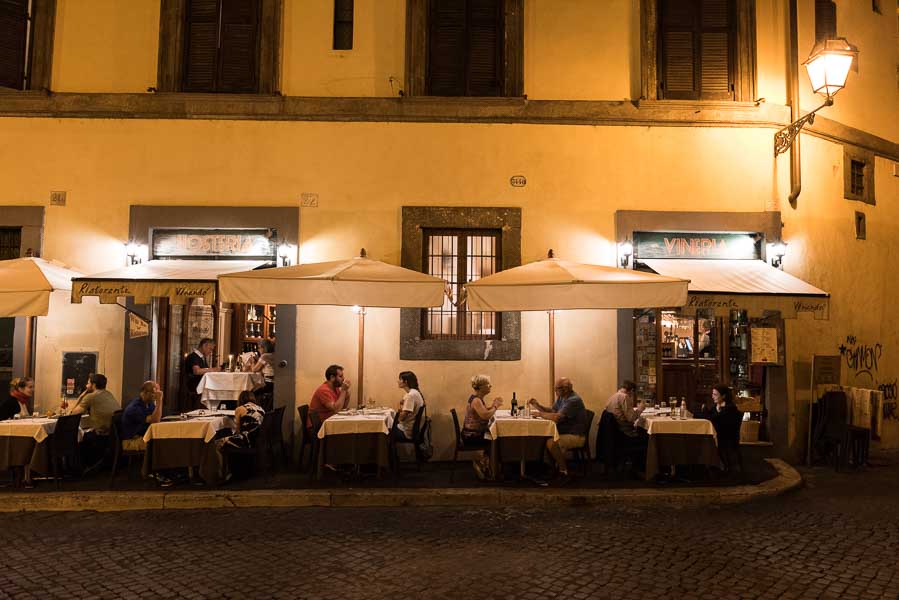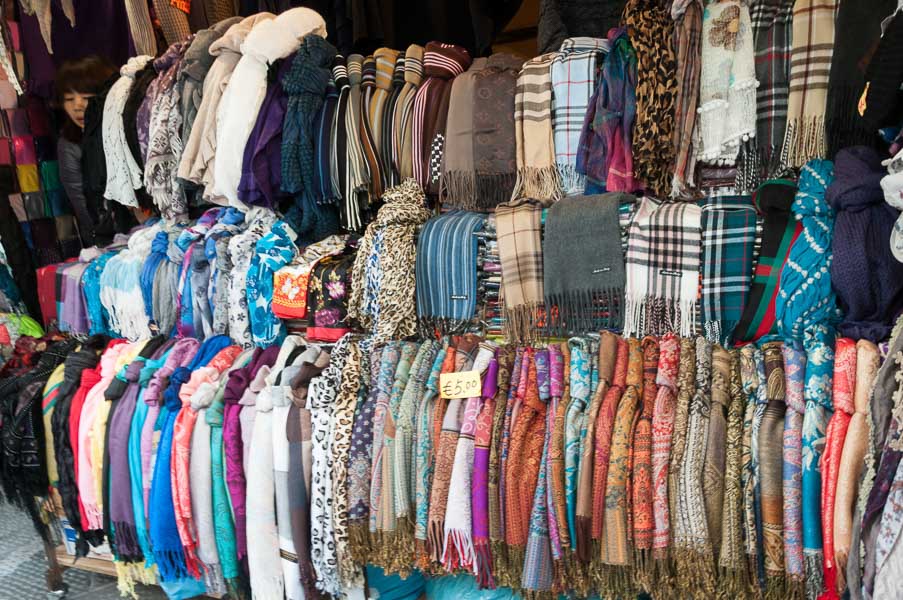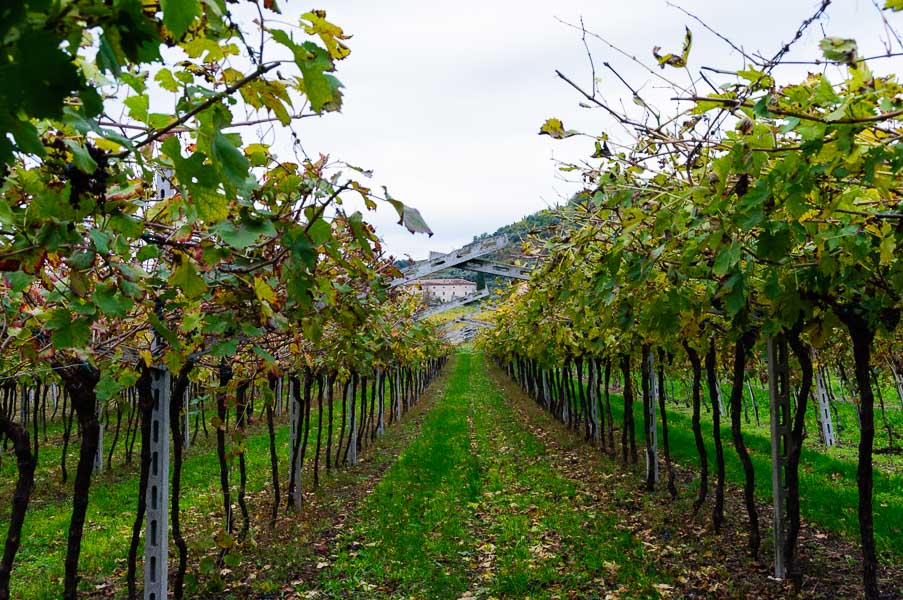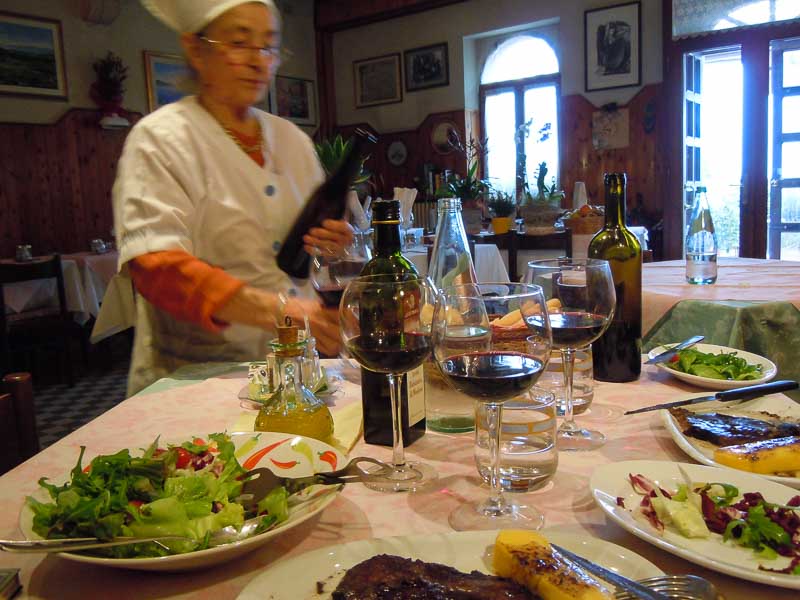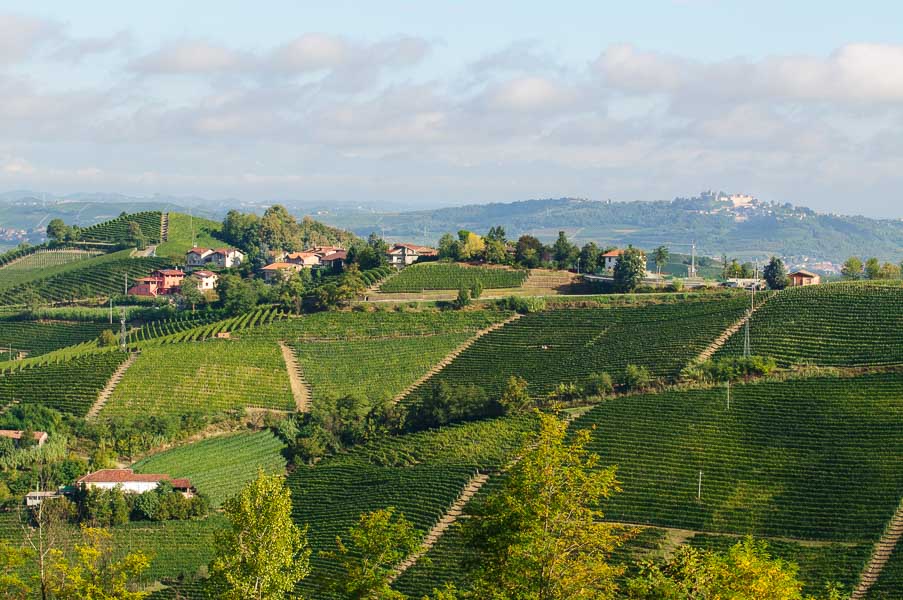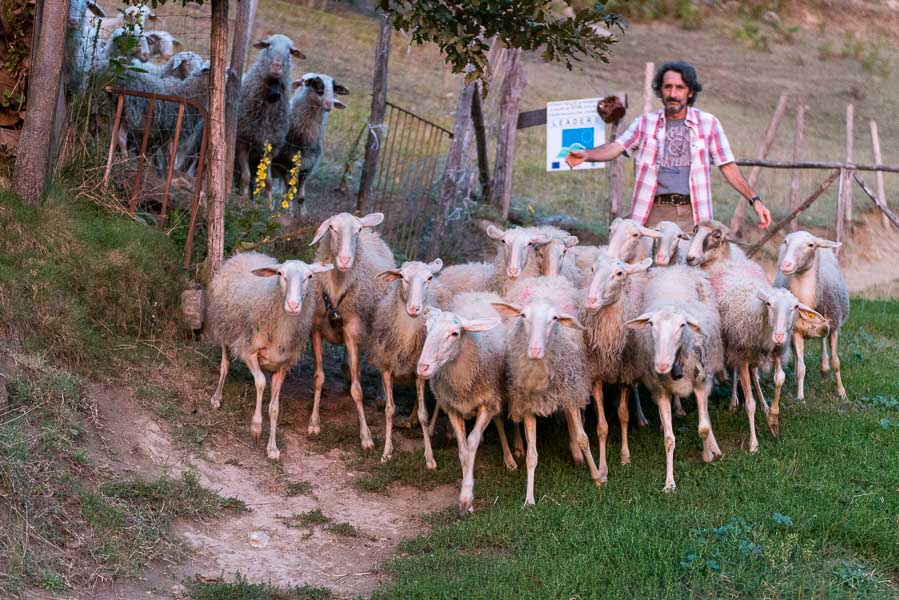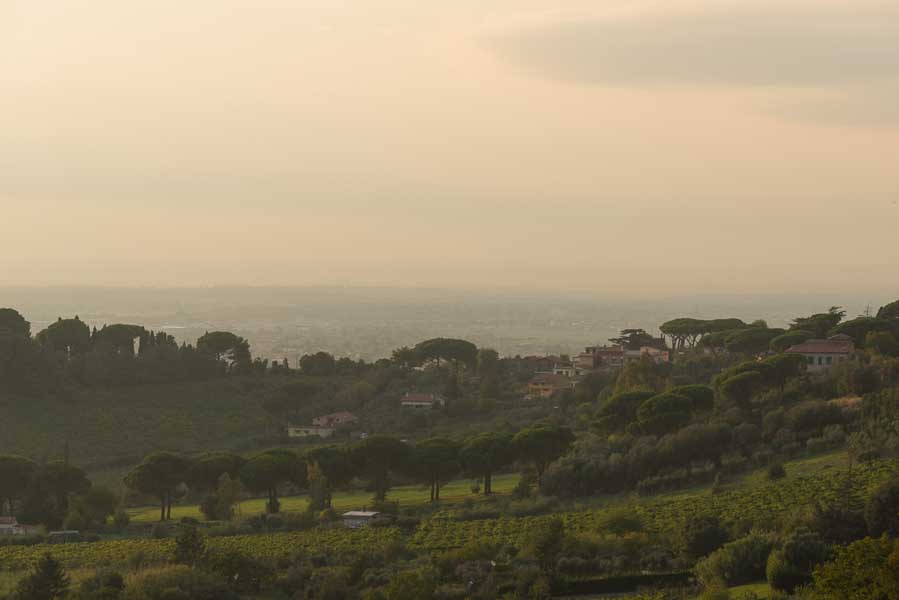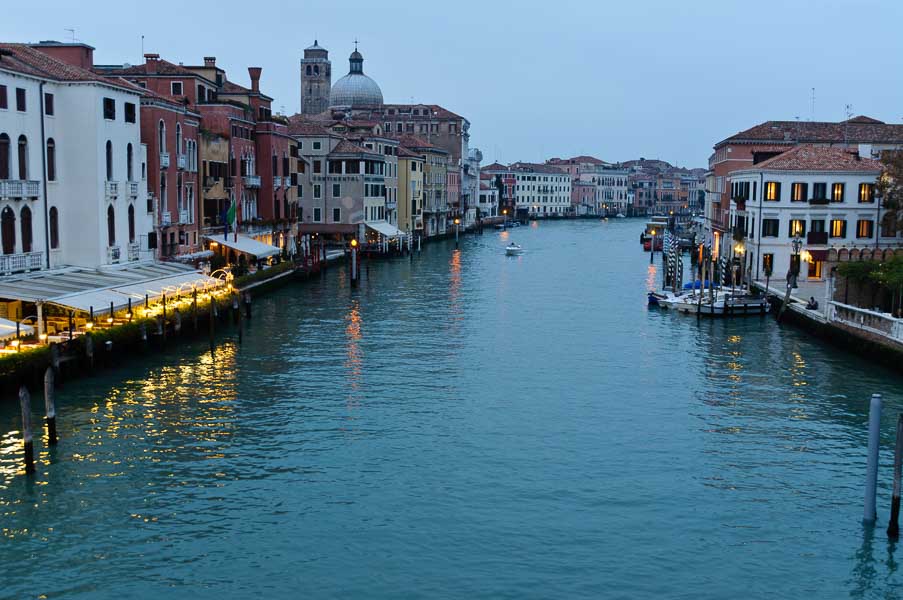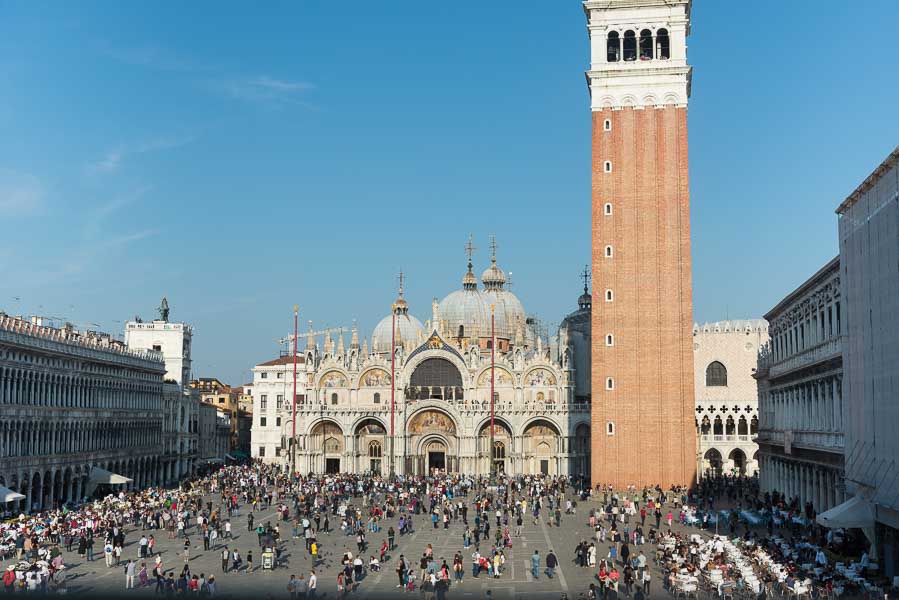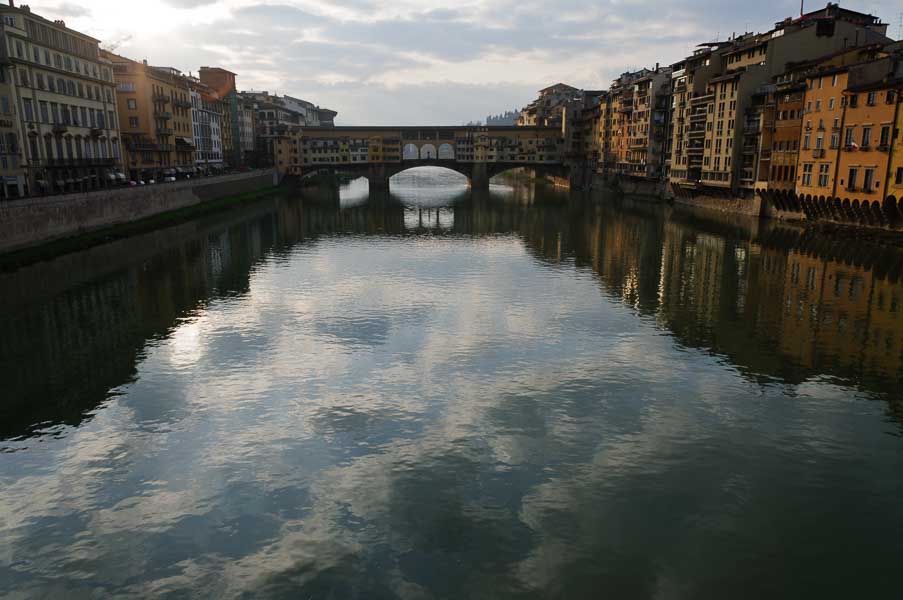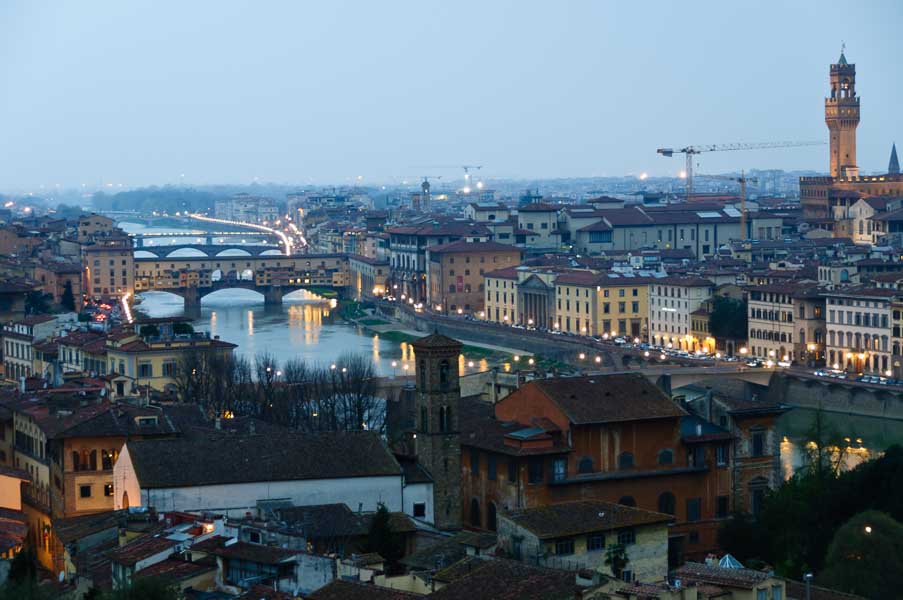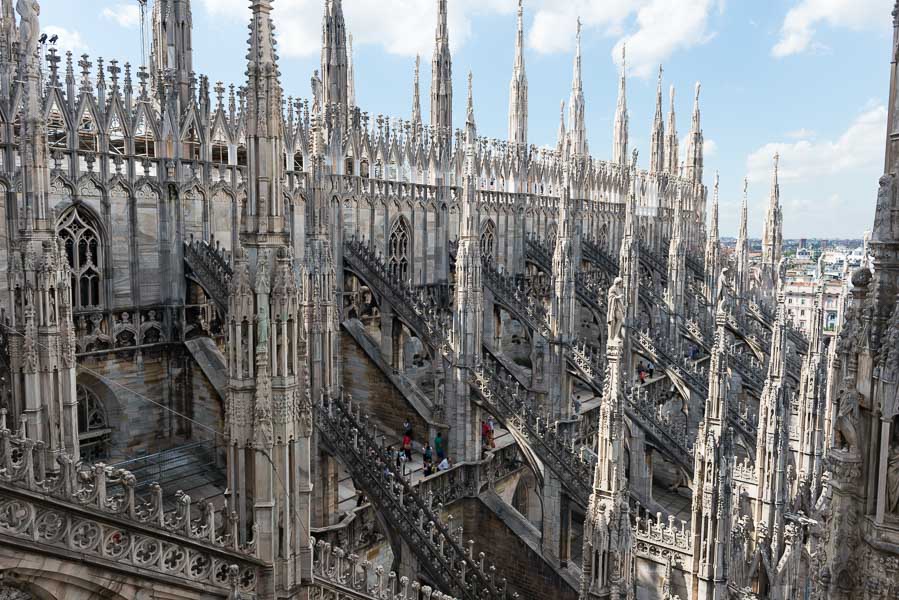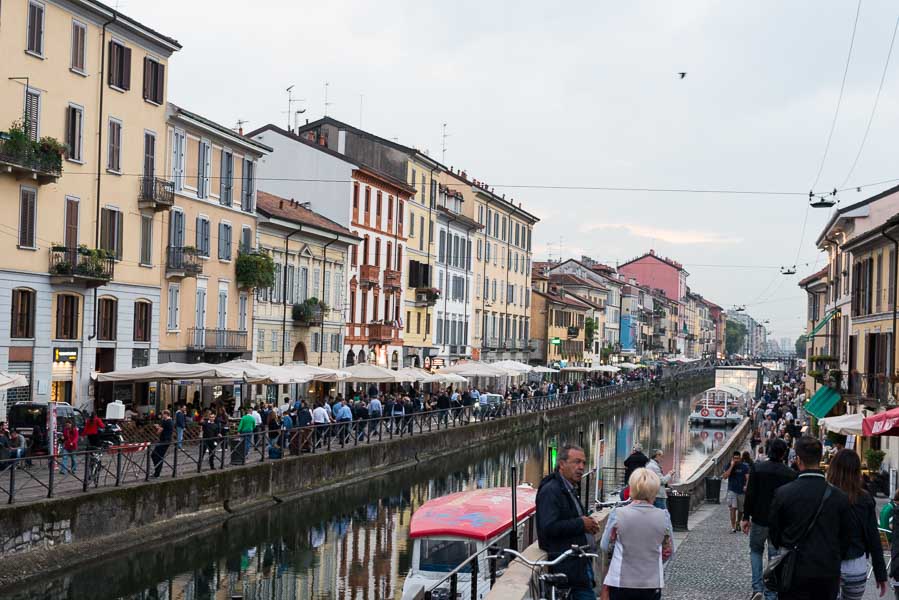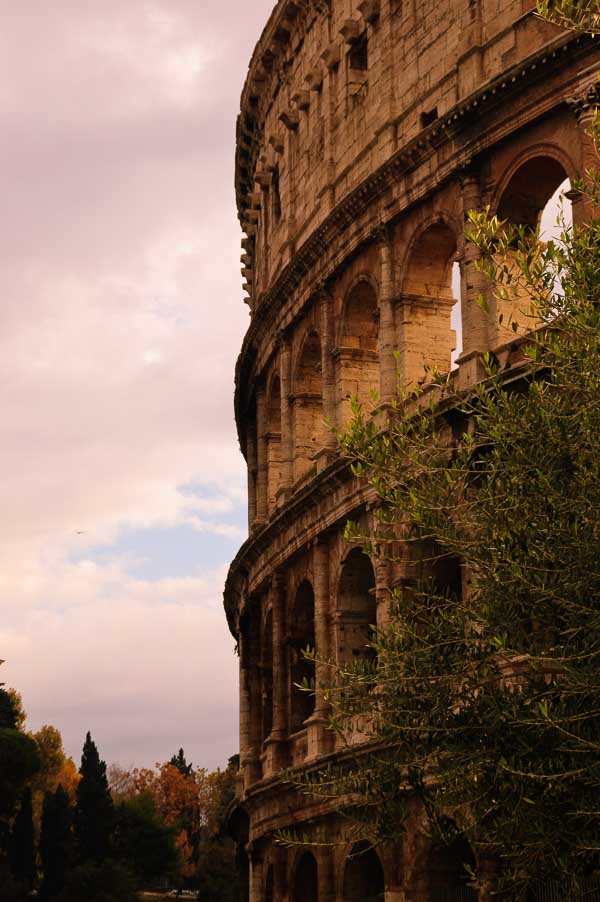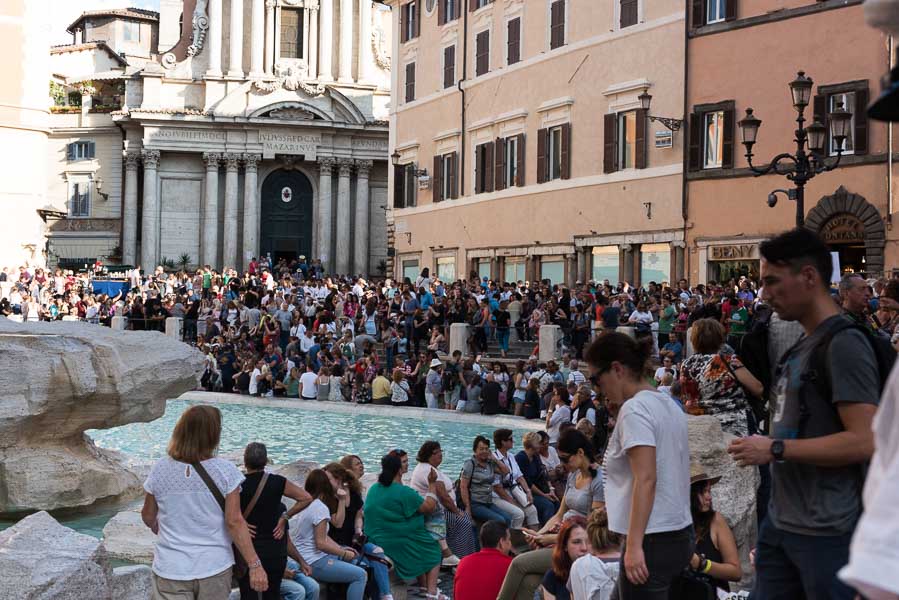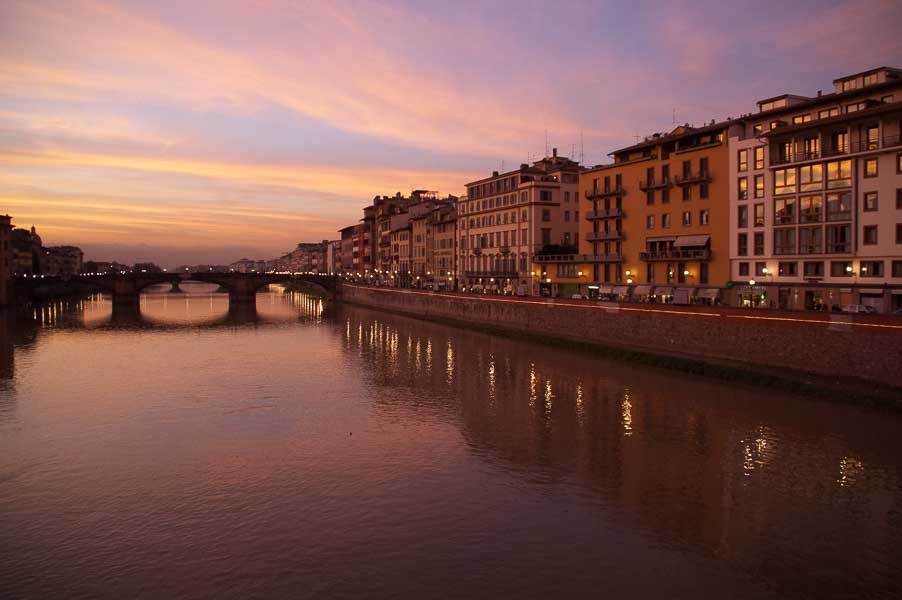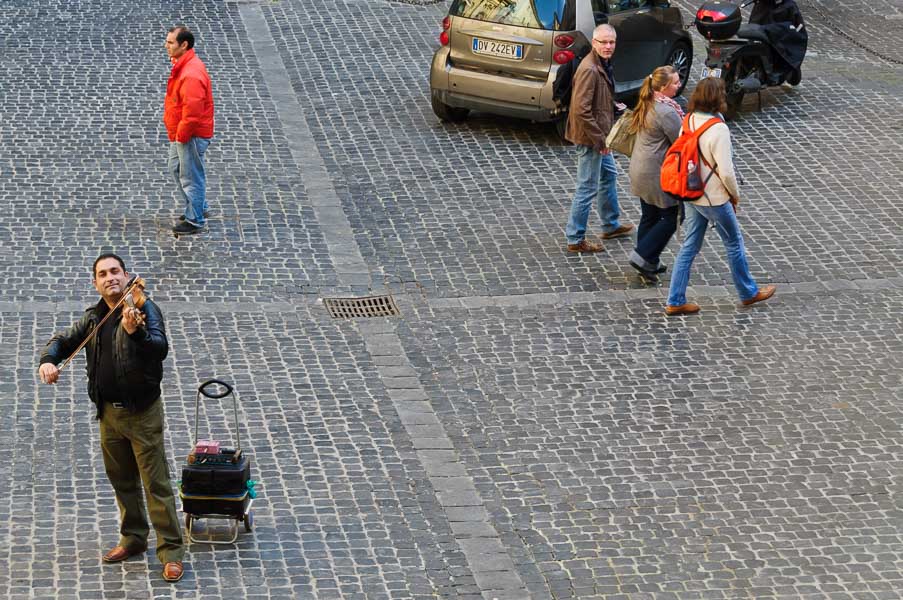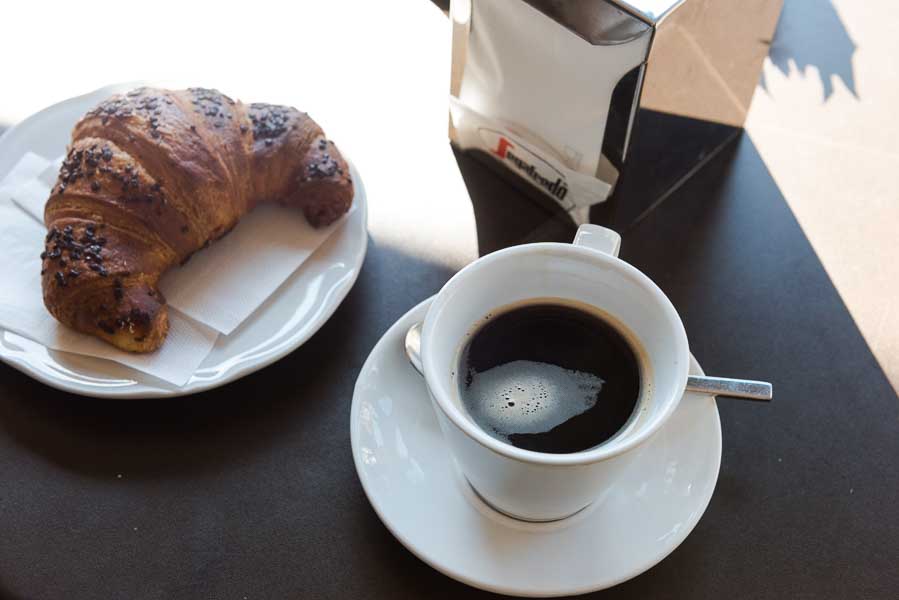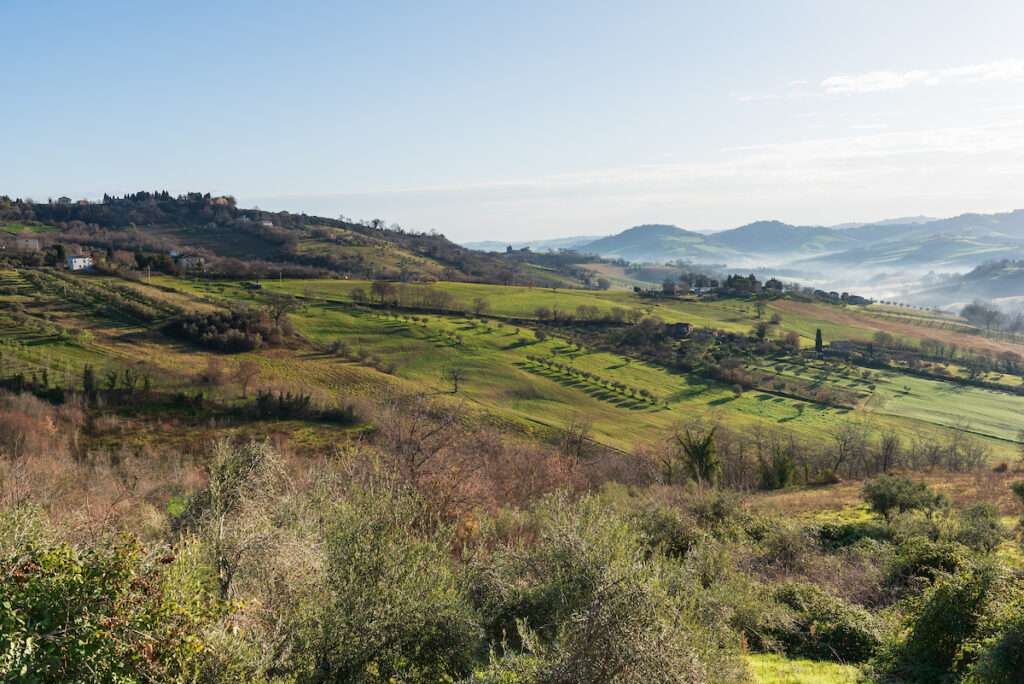
A founding legend of Italy’s Le Marche region says that in the early Iron Age (Ninth century BC), a group of the Italic Sabines headed west, over the Apennine mountains. They were part of an ancient ritual, ver sacrum, or sacred spring, whereby all the babies born in the spring after a year of hardship were consecrated to the god of Mars. As children, they lived under Mars’ protection as sacrani. When they reached adulthood, they were sent away from their community to establish a new one elsewhere, guided by a spirit animal sacred to Mars. Strabo tells us that a woodpecker (picus in Latin) guided these sacrani to their new destiny in southern Marche.
Another legend relates that some Pelasgians, ancient Greeks, coming from the North, asked Mars to give them a sign after not finding a suitable place to stay. A woodpecker appeared. Following it, they were led to a fertile place to settle in Le Marche.
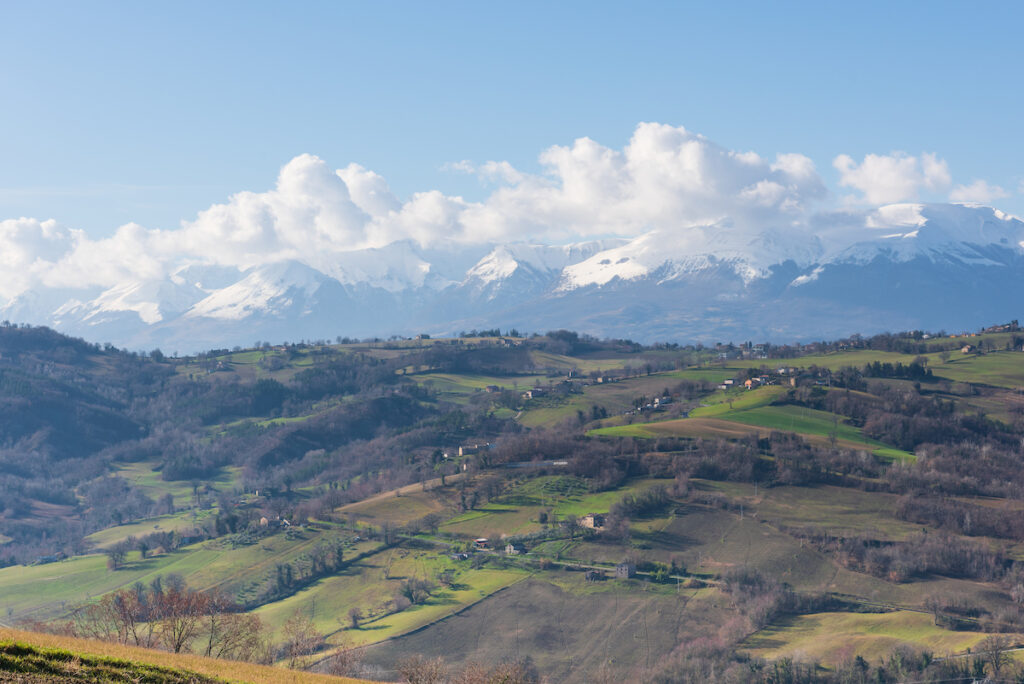
Le Marche, the Italian plural word for the Marches, means borderlands, and served as a buffer zone between the Papal States and their northern neighbors. This diverse area bordered by the Apennine mountains, Umbria and Tuscany to the West; the Adriatic to the East; Emilia-Romagna to the North; and Abruzzo to the South, is worth seeking out.
Medieval hilltop towns overlook the rolling countryside of patchwork farms and woods. A heritage of high-quality craftsmanship permeates the area known for its ironwork; shoe manufacturing, (Tod’s is headquartered here); and papermaking, (Euro bank notes are printed in Fabriano); to mention but a few. Twenty-five villages have been designated as borghi più belli d’Italia, (the most beautiful villages in Italy) and host frequent festivals and reenactments.
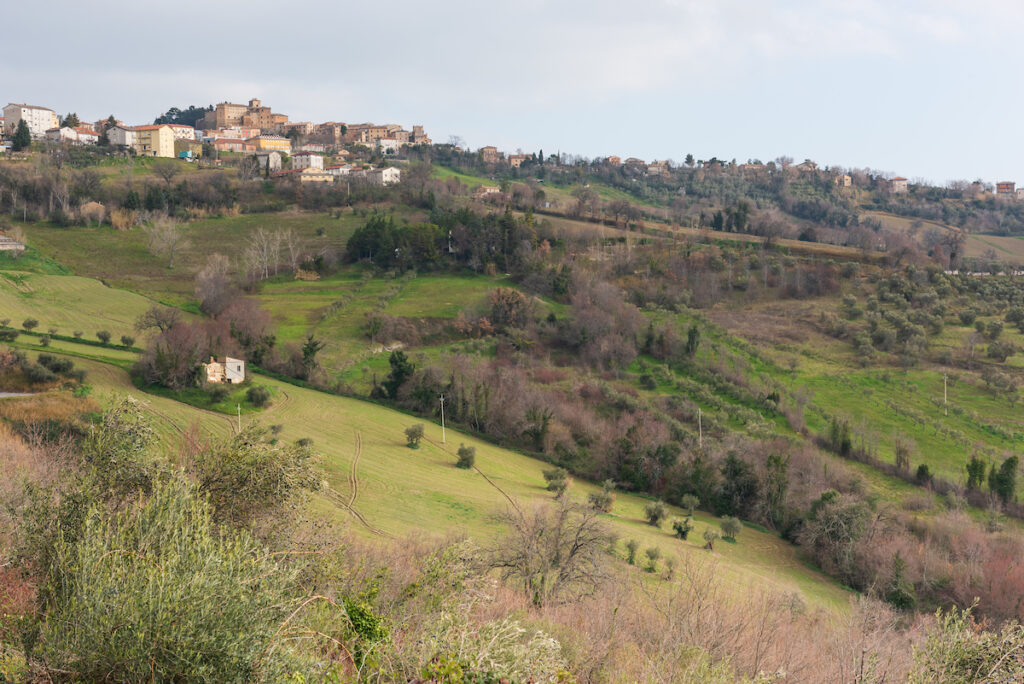
Le Marche has fewer tourists, friendly locals, 400 museums, 200 Romanesque churches, 150 castles, and 33 archeological sites. Ten percent of the territory is protected as parks and preserves. Excellent local meats, seafood, cheeses, pastas, produce, truffles, and wines add to the allure.
A complicated history; competing and changing loyalties; mountainous terrain; rivers that challenged north-south travel; a tenant farming culture that encouraged independence; and ingrained humility; all combine to make Le Marche today: Italy’s best-kept secret.
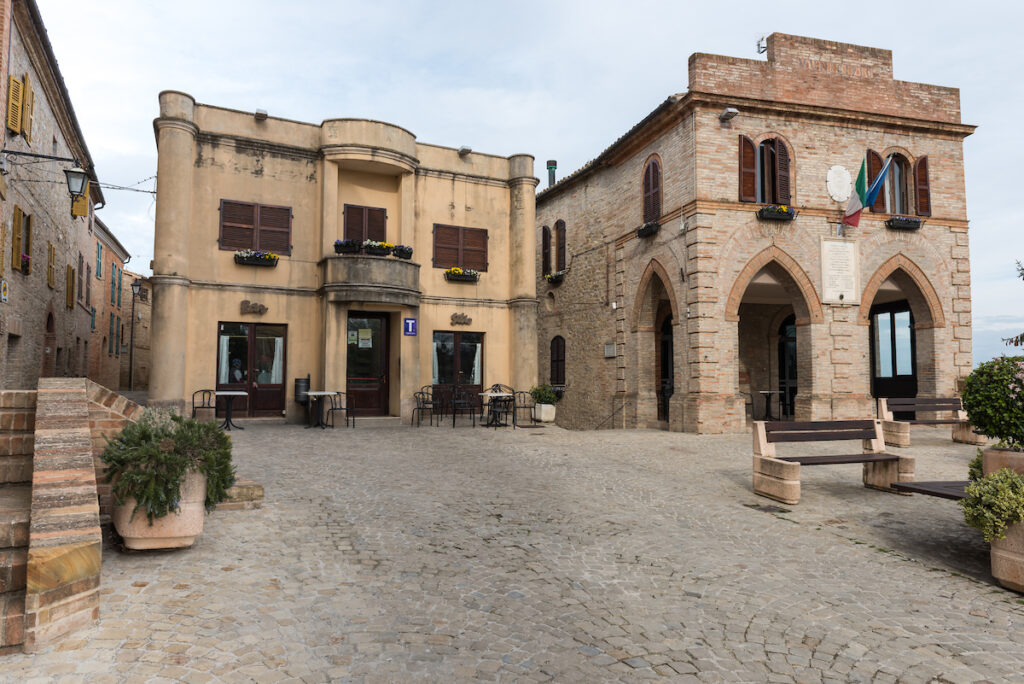
My husband Matt and I went in off-off-season February. We were not there to visit Urbino, the UNESCO World Heritage Renaissance city in northern Marche, or to swim in the dazzling Adriatic, or to hike in the mountains. We had planned to do all of that in the spring but pushed up our trip because I had seen an ad for a restored farmhouse on eight acres at a reasonable price and we wanted to see it.
Savvy travelers rent vacation homes in Le Marche lured by the peaceful countryside, relaxing atmosphere, and incredible views. We prequalified for an Italian mortgage in case we found a home that we could enjoy in our spare time and rent out to visitors.
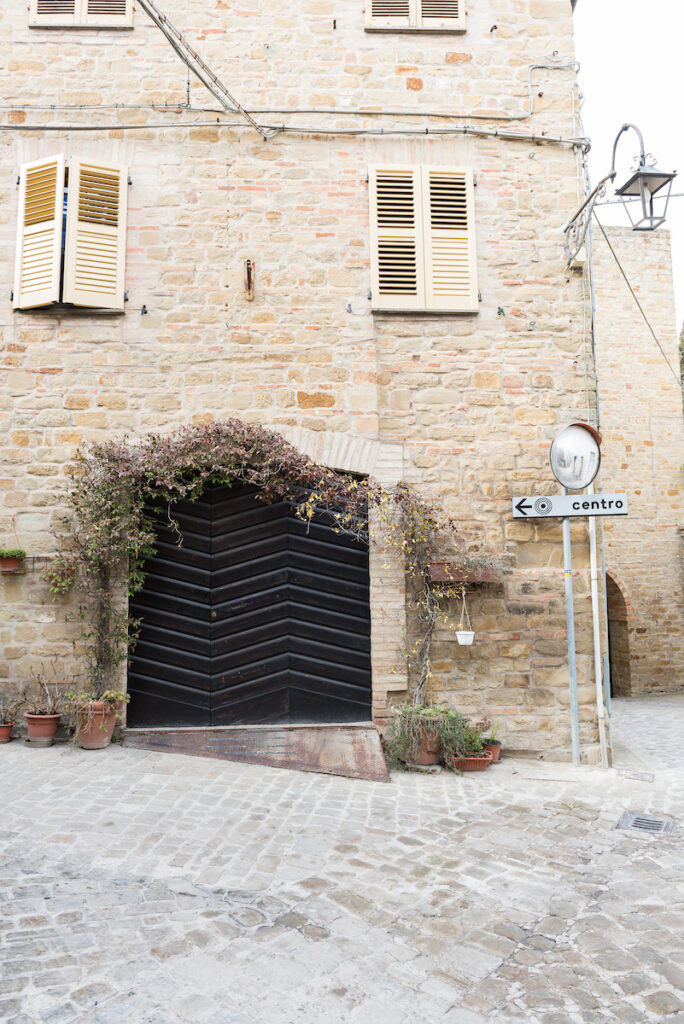
Online pictures of Le Marche showed impossible blue skies, paper-white clouds, and vibrant sunflowers. I assumed they had been photoshopped. Thick gray clouds threatened rain as we drove the two-and-a half hours from Rome to our Airbnb in Loro Piceno in south-central Marche.
Below us, wispy fog wafted in the valley. On either side, sloping squares of green and brown fields were bordered by olive trees. Smoke curled upwards from chimneys. A neighbor’s dog barked occasionally. Magpies darted about, landing on nearby trees. The cold, clean air carried the promise of the nearby Adriatic.
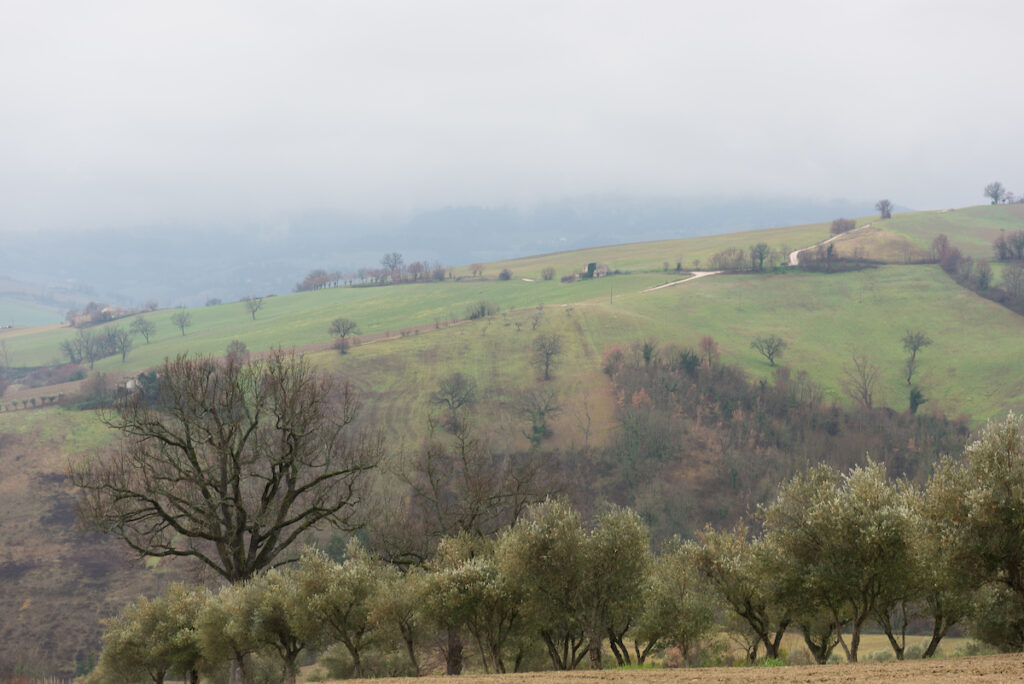
During our week in Le Marche we encountered no other tourists. We found generous residents, resilient and recovering from three earthquakes that struck the region in 2016. We found hilltop villages with medieval secrets. We found an almost reverential respect for the environment. We found ancient Roman ruins right by the main road. We found honest, delicious food and unpretentious wines at affordable prices. We found warm welcomes. The guys at Saputi, a winery where we showed up unannounced, who made us sandwiches and taught us about local wines. Gabriele at Osteria Scherzi a Parte who made an international toast to us with his entire restaurant. Palmira at Ristorante Casa Mia who, after a four-hour lunch, hugged and kissed us goodbye and ordered us to come back.
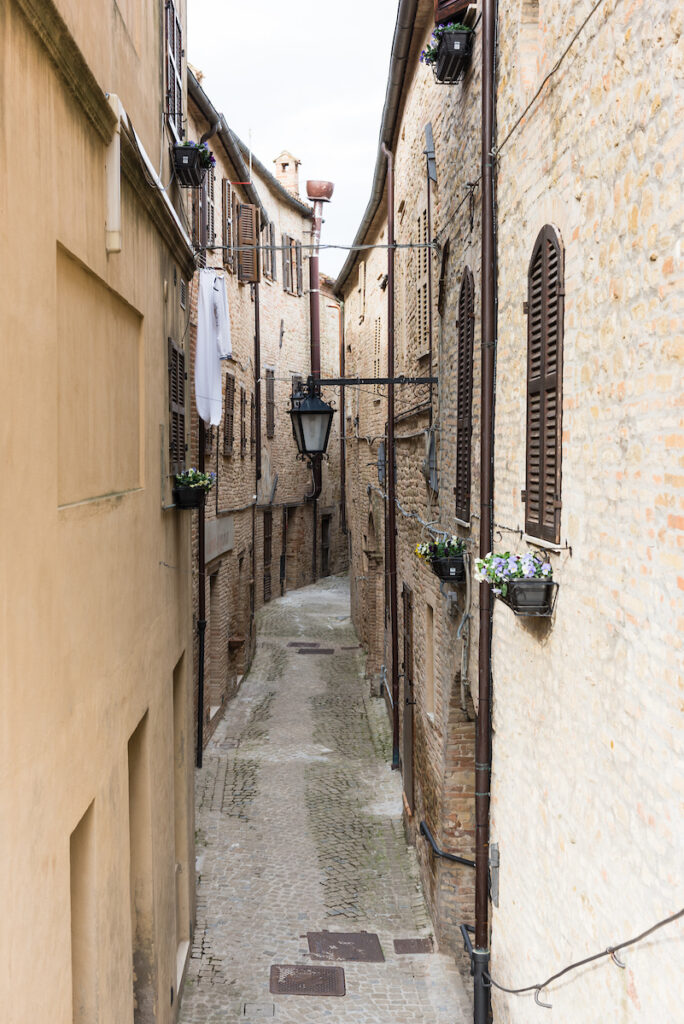
Three months later, in early May, we returned to Le Marche. It was almost evening and Matt and I were unpacking in the farmhouse we had initially traveled to see, having bought it earlier that day. We heard a noise from outside. Rhythmic and insistent, almost urgent. I looked out the window. A stubborn woodpecker was pecking away at the eave above our bedroom.

